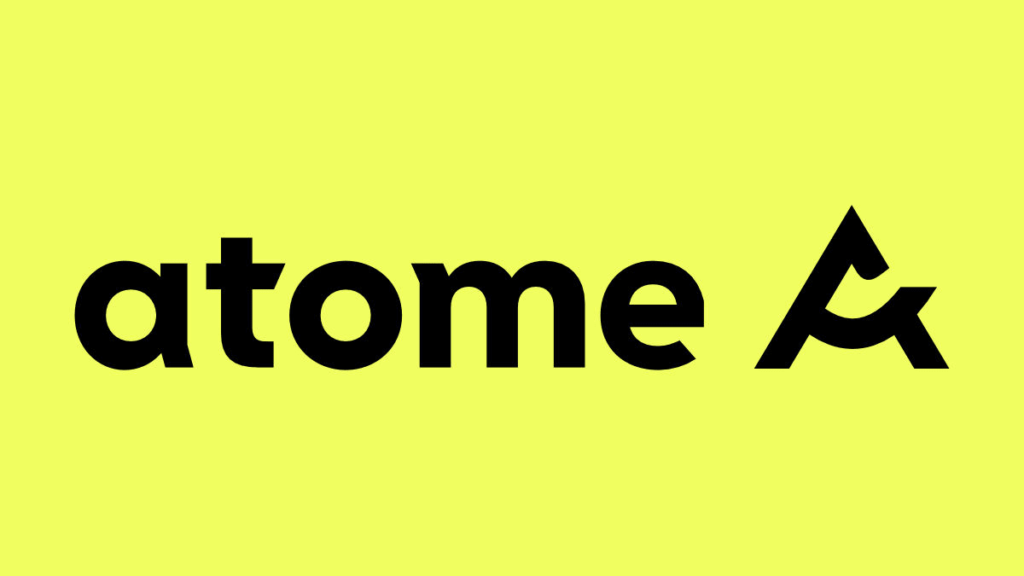Content Attributes
Nothing is as tempting to the modern shopaholic as the idea of buying now and paying later. Fortunately, this fantasy is now a reality.
buy now pay later (BNPL) – as the name suggests – allows shoppers to make a purchase without transferring the money at the time of purchase.
With the ability to increase impulse purchases and generate additional e-commerce revenue, it’s no wonder BNPL is the next big payment trend in the world of online commerce.

If you’re reading this and wondering, “What’s the point of buy now, pay later when I already offer credit card payments?” you’re not alone. In fact, the BNPL model offers some striking similarities to credit cards.
Credit cards also allow shoppers to make a purchase and pay it off over time – but the buying psychology behind BNPL offers are perks that credit cards can’t compete with. One case study found that the average order value increased by 33% simply because of the addition of the “Buy Now, Pay Later” option.
Here’s how the “Buy Now, Pay Later” option is shaking up the e-commerce industry and how you can introduce BNPL options to your site.
What is Buy Now, Pay Later?
The concept of “Buy Now, Pay Later” is pretty simple: customers complete an online transaction and don’t pay the full amount upfront, but instead make installment payments over an extended period of time.
Similar to how credit cards work and the layaway model – a popular shopping option around the holidays where customers set aside items and pay them off as they go – BNPL allows customers to literally buy now and pay later.
Buy now, pay later allows retailers to quickly remove products from inventory.
Stores can offer their own financing, similar to what they used to do with loyalty cards, or through a third-party provider such as Klarna or PayPal Credit. Regardless of the payment method, “Buy Now, Pay Later” is growing in popularity, and even major banks like Chase and Citi have rushed to get on board.
2 BNPL: How does it work?
The “buy now, pay later” model gives customers the option to buy now and pay later. Generally, this works by having customers enter into a contract that commits them to future payments of principal and interest, similar to a traditional loan.
Let’s say your business offers the “buy now, pay later” option through a third-party provider like PayPal Credit. When a customer chooses this option, they agree to purchase a product without paying upfront, but over time. Under these circumstances, your business still receives the proceeds of the sale upfront from PayPal, making this scenario generally equivalent to a credit card payment from your company’s perspective.
It is no longer your responsibility to collect the money owed under the “pay later” aspect of the transaction; that burden falls to the BNPL provider, just as a credit card company would be responsible for receiving money from users with standard credit card payments.
Most third-party BNPL providers perform a soft credit check to avoid issuing money to individuals who have demonstrated a general disregard for repayment obligations, but this is not universal. Some BNPL solutions offer a single interest rate, while others base the rate on things like the purchase price. Typically, a “buy now, pay later” transaction includes the possibility of late payment or early repayment fees, but the way this is done can vary from provider to provider.
For companies that choose BNPL financing to avoid paying third-party service fees, “buy now, pay later” is similar to providing a business credit card. The burden then falls on the company providing the financing to ensure all debts are paid.
This can lead to additional complications and potential lost revenue. But it can lead to additional benefits for those who are able to manage their financing to avoid provider fees.